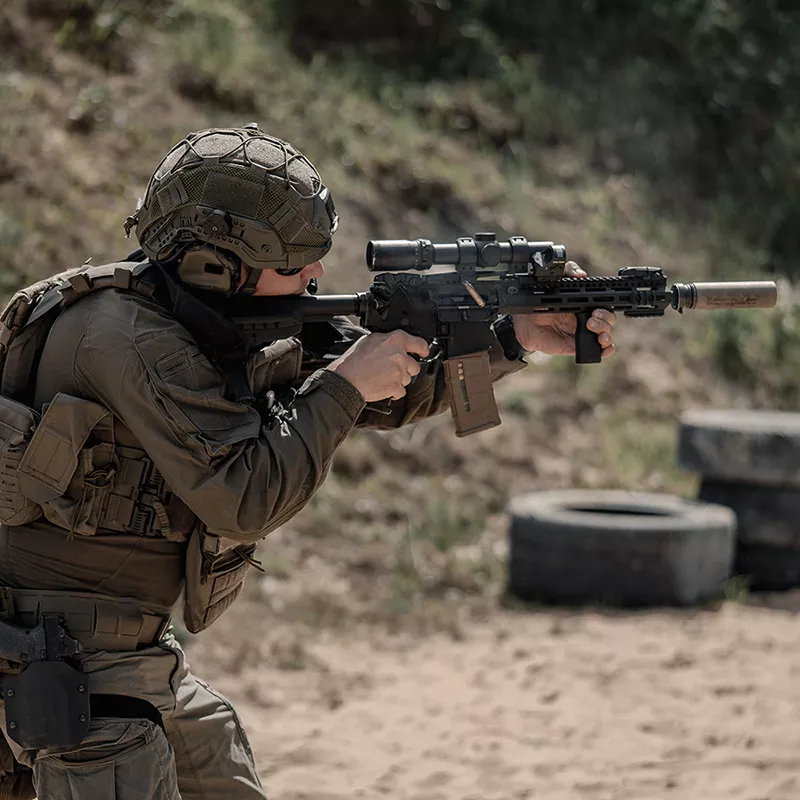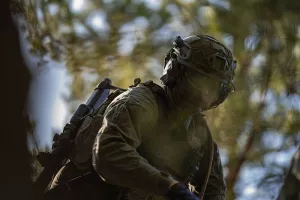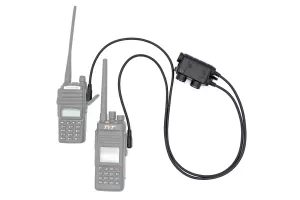
Tactical Communications: The Backbone of Battlefield Coordination
In the realm of military operations, the importance of tactical communications cannot be overstated. At its core, tactical communications involve the transfer of crucial information—ranging from commands to intelligence—across the battlefield. This complex web of interaction is not limited to the spoken word; it encompasses all forms of information exchange, whether verbal, written, visual, or auditory. The seamless conduct of combat operations is heavily reliant on this intricate system.
The genesis of tactical communications can be traced back to ancient times when signal fires and drum beats were used to convey messages over long distances. As warfare evolved, so did the means of communication. The advent of the telegraph and radio revolutionized the way military units communicated with each other. In today’s technologically advanced era, electronic systems have become the standard mode of tactical communication. These systems not only have to be rapid and reliable but also secure, as the information being transmitted can often dictate the success or failure of a mission.
The scope of tactical communications is quite specific. It does not encompass the broader strategic communications that may involve non-tactical military commands or civil organizations. Instead, it focuses on the direct and immediate needs of forces engaged in combat. For instance, a commander on the ground needs real-time information about enemy positions, which is facilitated by tactical communication networks. These networks are designed to be resilient, functioning even in the harshest of environments and under intense electronic warfare conditions.
One of the key elements of effective tactical communications is interoperability. As forces from different nations often operate together, the ability for various communication systems to work in unison is vital. This interoperability extends to ensuring that units can share data and intelligence swiftly and seamlessly, enabling a unified response to unfolding events on the battlefield.
Encryption and cybersecurity are at the forefront of modern tactical communications. Adversaries are constantly attempting to intercept and decipher military communications to gain a strategic advantage. As such, advanced encryption techniques are employed to safeguard sensitive information. The rise of cyber warfare has prompted militaries to harden their communication networks against digital threats, ensuring that commands and intelligence are not compromised.
In the heat of combat, the speed of communication can be as crucial as the accuracy of a weapon. Delayed messages can result in missed opportunities or, worse, unnecessary casualties. Modern communication systems use a variety of methods to ensure the rapid delivery of messages, including satellite links, radio relays, and even unmanned aerial systems that can serve as communication hubs in the sky.
Another aspect of tactical communications is the human element. The individuals responsible for operating these systems must be highly trained and adaptable. Communication specialists undergo rigorous training to manage these sophisticated systems and to troubleshoot them under the pressure of combat conditions.
The future of tactical communications is an exciting frontier, with developments in artificial intelligence and machine learning poised to further enhance the speed and efficiency of battlefield communications. Autonomous systems could eventually predict the information needs of units in real-time, delivering critical intelligence before it's even requested.
In conclusion, tactical communications are the lifeline of military operations. As warfare becomes increasingly network-centric, the reliance on robust and secure communication networks will only grow. The continuous advancement of technology promises to bolster these systems, ensuring that military forces stay connected and coordinated, no matter the challenges posed by the modern battlefield.















































